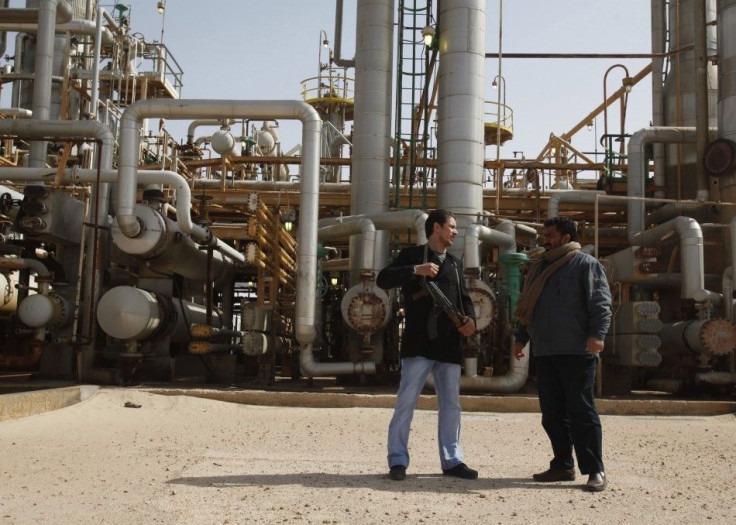Moammar Gadhafi Dead; Oil Production Will Bring Libya’s Economy Back to Normal

Libya's deposed dictator Moammar Gadhafi was killed Thursday, and with the end of almost year-long civil war the future of the country is being discussed among global trade analysts.
Libya, which was known for its crude oil before the war, might come back into its pre-war position with the help of its major export commodity.
Experts speculate that the country, with ithe biggest reserves in Africa, can return to normal production by the second quarter of next year.
Before the war, Libya was producing 1.6 million barrels of oil per day, which fell to 390,000 barrels during the war. However, analysts suggest that the nation can produce 600,000 barrels per day by the end of 2011, and by the second quarter of 2012, the country can reinstall its capacity of producing 1.6 million barrels per day.
Libya's contribution to total world oil production is minimal at 2 per cent. However, the light sweet crude oil coming out from Libya's reserves is rare and can be easily refined and converted into gasoline and diesel.
Gadhafi's death also restored the trust of oil companies which earlier feared of an Iraq-like rebellion from Gaddafi's supporters targeting country's oil establishments to avenge the defeat.
Chairman of the National Oil Company Nouri Berouin said Sirte's fall would improve transport to fields and they could now concentrate on rebuilding the sector.
He indicated at Libya's increasing output that rose to 430,000 barrels per day after two more eastern oil fields operated by Benghazi-based Agoco had been restarted successfully following delays last week.
The natural gas export sector is also seeing a rise after the fall of Tripoli in August.
Libya resumed natural gas exports to Italy via the 340-mile Greenstream Pipeline, which is jointly owned by the Eni S.p.A. and the NOC.
Natural gas delivery imports to Sicily, at the Gela receipt point, are now about 150 million cubic feet per day.
Since February, unrest in Libya resulted in curtailed natural gas exports to Italy. Prior to the February curtailment, Libya supplied Italy with about 900 MMcf/d of natural gas, or 11 per cent of Italy's average daily gas demand in 2010. Italy offset much of the reduced natural gas imports from Libya with increased imports of natural gas from Russia.
Libya holds around 46.4 billion barrels of oil reserves, the largest in Africa, and close to 55 trillion cubic feet of natural gas reserves.
© Copyright IBTimes 2024. All rights reserved.





















